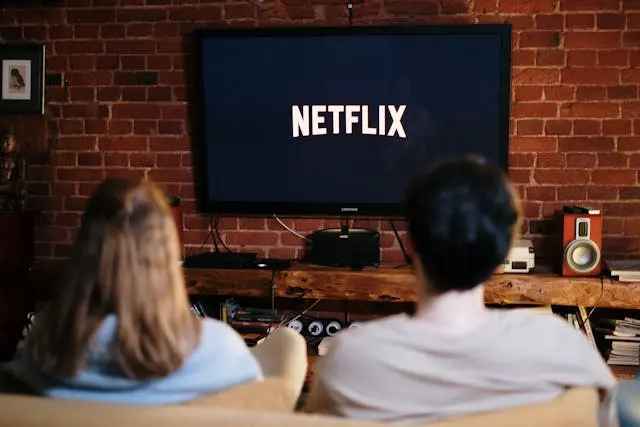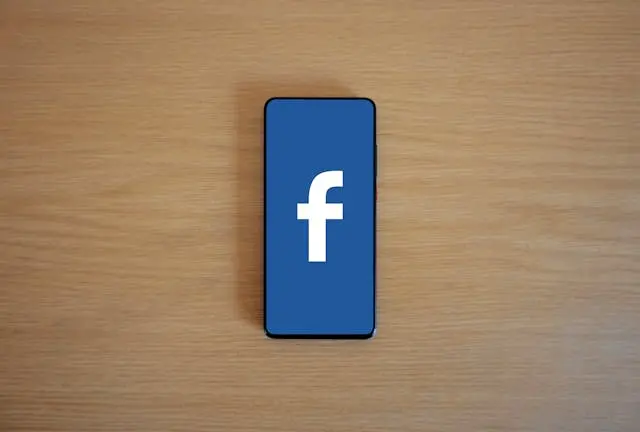AI ADS ARE ABOUT TO INVADE NETFLIX
The Streaming Experience Is About to Change Forever
Artificial intelligence is no longer a distant technology tucked away in research labs—it’s now at the heart of entertainment, commerce, healthcare, and even politics. And in 2025, it’s knocking on the door of your living room, disguised as the next frontier in streaming: AI-generated advertising.
Netflix (NASDAQ: NFLX), the global streaming juggernaut with over 300 million subscribers, is preparing to launch AI-powered ads as early as 2026. But this is not your typical pop-up banner or skippable pre-roll. These ads will be intelligent, interactive, and in some cases, indistinguishable from the content itself.
Netflix’s President of Advertising, Amy Reinhard, recently unveiled these advancements during the company’s 2025 Upfront presentation, signaling a dramatic shift not only in advertising but in how we experience entertainment altogether.

AI-Generated Ads Will Blend into Content
At the core of Netflix’s strategy is a bold idea: ads that no longer feel like ads.
These upcoming AI-driven commercials will be customized in real-time, shaped by user data, preferences, and even the specific scene you’re watching. Whether you’re streaming a dystopian thriller or a romantic comedy, Netflix aims to integrate ads that feel seamless—blurring the lines between content and commerce.
During the presentation, Reinhard showcased interactive midroll and pause ads, made possible through generative AI. These ads could adapt to your viewing behavior and even to the narrative itself, offering hyper-personalized promotions designed to maximize attention and engagement.
“When you compare us to competitors, our ad attention starts higher and ends even higher,” said Reinhard. “We’ve built the foundation. Now, we’re accelerating forward.”
Ad Revenue to Double in 2025
Though once ad-averse, Netflix is now aggressively scaling its ad business. Launched in 2022 at $6.99 per month, the ad-supported tier has since climbed to $7.99 in 2025, offering a more affordable entry point into the Netflix ecosystem.
This strategic pivot came after a subscriber slump in early 2022 and was paired with a crackdown on password sharing, which affected an estimated 100 million households. The impact was immediate and powerful: Netflix added 41 million new subscribers in 2024 alone and now has over 94 million users on its ad-supported plan—more than double the number from a year ago.
During the Q1 2025 earnings call, Netflix co-CEO Ted Sarandos admitted the company hasn’t yet achieved the same level of personalization in ads as it has in content. But that’s changing.
“Our ambition is to match the right ad with the right audience, at the right moment, and even the right scene,” Sarandos explained. “We believe that synergy drives superior campaign outcomes—and makes the experience better for members.”

Ad-Supported Tiers Are the New Normal
Once marketed as a commercial-free alternative to traditional cable, streaming platforms are now embracing ads en masse. Disney+, Amazon Prime Video, and Discovery+ have all introduced ad-supported models, offering cheaper plans to offset rising content production costs.
Netflix now charges $17.99 for its cheapest ad-free plan in the U.S.—$10 more than the ad-supported version. While the move has drawn criticism from loyal subscribers, it’s proven lucrative. With streaming penetration nearing saturation in mature markets, advertising represents a critical new growth channel.
According to eMarketer, global ad revenue from streaming platforms is expected to hit $75 billion by the end of 2025, with Netflix capturing an increasing share thanks to its aggressive personalization strategy.

Netflix Stock Defies Market Turbulence
While many “Magnificent 7” tech stocks have experienced volatility in 2025, Netflix has emerged as an exception. NFLX has outperformed the S&P 500 Index year-to-date, thanks in large part to strong earnings and growing investor confidence in its ad model.
The company beat expectations on both revenue and profit in Q1 2025, despite a challenging macroeconomic backdrop. Co-CEO Greg Peters pointed to the resilience of the entertainment sector, noting that Netflix continues to thrive even during economic downturns.
“Our low-cost, ad-supported plans make us more immune to inflation and budget tightening,” said Peters.
JPMorgan Turns Cautious—Despite Upward Revision
Despite the bullish momentum, not everyone is sold on Netflix’s near-term upside. In May 2025, JPMorgan downgraded Netflix stock from ‘overweight’ to ‘neutral’, citing valuation concerns.
Although the firm raised its price target from $1,150 to $1,220, analysts warned that the stock’s next-12-month price-to-earnings ratio of 45x is steep—especially compared to other media and tech peers.
Still, the long-term outlook remains robust. As Netflix leans into AI-driven monetization, its margins and market dominance could rise significantly—especially if its personalized ads deliver on performance.
The Risks of AI in Advertising
As promising as these advancements are, they come with serious ethical and experiential concerns.
Will AI-powered ads manipulate emotions? Will they violate user privacy? And most importantly: will they make streaming feel more like traditional cable TV—the very thing viewers sought to escape?
Experts have voiced concern that AI-generated content could cross ethical lines, especially if ads are seamlessly woven into scenes. There’s a risk of emotional manipulation, particularly when AI adapts ads to user moods or vulnerable moments.
“There’s a thin line between personalization and exploitation,” warned Dr. Anika Rao, a digital ethics researcher at MIT. “AI-driven advertising must be regulated to ensure transparency and protect consumer autonomy.”
Netflix has not yet disclosed how it plans to handle these concerns, but scrutiny is likely to intensify as its AI ambitions scale.
A New Era of Entertainment Monetization
Netflix’s pivot into AI-generated advertising represents more than a business decision—it signals a paradigm shift in digital entertainment. We’re entering a world where ads won’t just target you—they will understand you. Your preferences, your habits, even your viewing mood—all fair game for algorithmic analysis.
This is not just about monetization. It’s about redefining what it means to consume content in a digital age. With generative AI, advertisements are evolving from interruptions into integrated experiences—ones that could either enrich or ruin the immersive power of storytelling.
Final Thoughts: A Double-Edged Sword
AI-generated ads are inevitable. Whether you see them as a creative revolution or a dystopian intrusion, one thing is clear: streaming will never be the same again.
Netflix’s bet on AI could unlock billions in revenue and set new standards for engagement. But it also risks alienating viewers who signed up for escape—not targeted persuasion.
As we approach 2026, consumers, creators, and regulators alike must ask: Is this the future we want—or the future we’re being sold?










